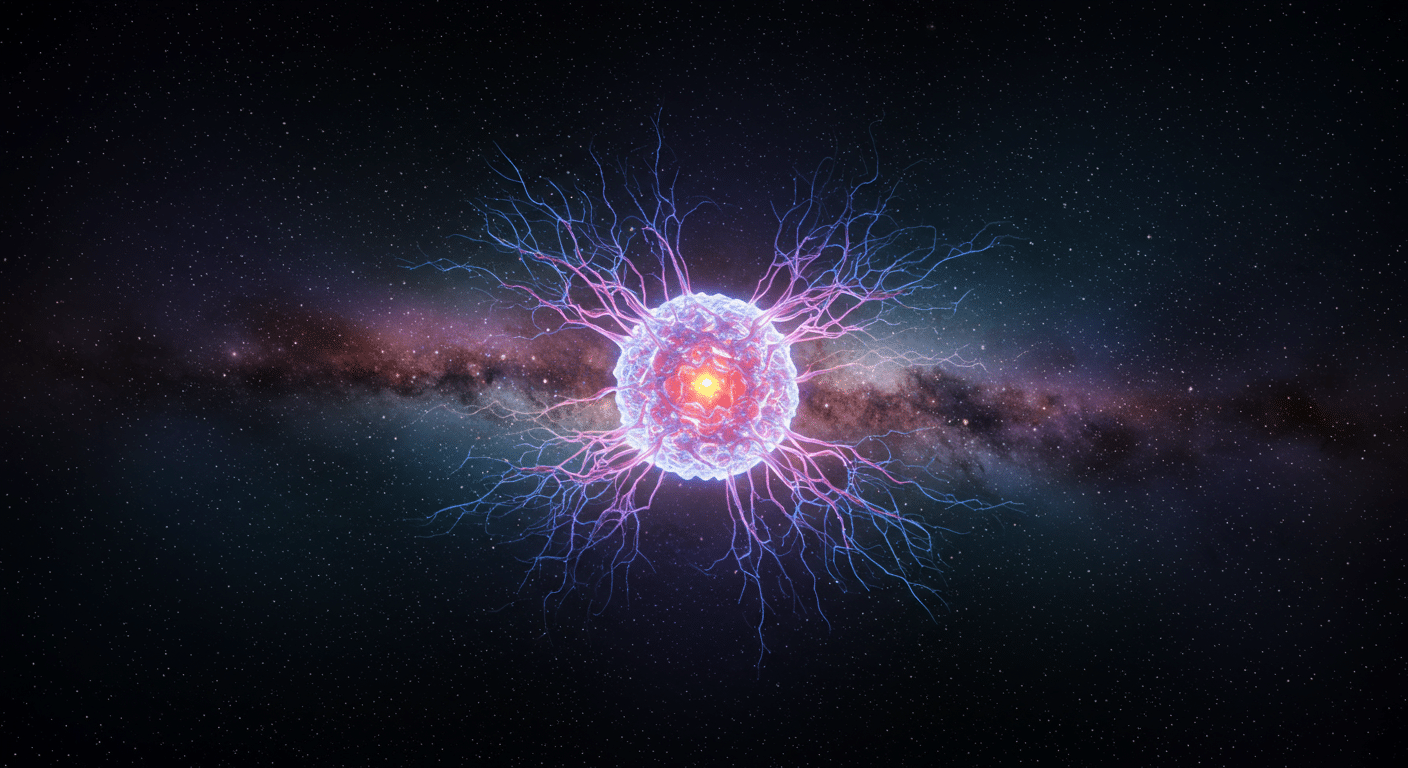Tired of juggling AI apps? Poe (Quora) puts 100+ chatbots at your fingertips! Explore AI like never before.#PoeAI #AIChatbots #Quora
🎧 Listen to the Audio
If you’re short on time, check out the key points in this audio version.
📝 Read the Full Text
If you prefer to read at your own pace, here’s the full explanation below.
1. Basic Info

John: Let’s start with the basics of Poe, developed by Quora. In simple terms, Poe is an AI platform that acts like a hub for various AI chatbots, allowing users to interact with multiple AI models in one place. It solves the problem of needing to switch between different apps or websites to access different AIs, making it easier for beginners to experiment with AI conversations. What makes it unique is its integration of diverse models, like those for text, images, and more, all under one roof. Think of it like a universal remote for AI tools – instead of fumbling with multiple remotes, you have one that controls everything.
Lila: That analogy really helps! So, for someone new to AI, Poe sounds like a friendly entry point. Based on trending posts on X from verified AI enthusiasts, people are excited about how it democratizes access to advanced AI without overwhelming complexity. But John, could you elaborate on what specific problems it addresses in everyday use?
John: Absolutely, Lila. Currently, Poe tackles issues like limited access to premium AI models by offering a mix of free and paid interactions. For instance, it lets users try out powerful models that might otherwise require subscriptions. Its uniqueness shines in the way it aggregates models from different providers, fostering a more versatile AI experience. As per discussions on X by domain experts, this aggregation is seen as a game-changer for casual users who want instant answers without deep technical knowledge.
Lila: I see – it’s like a buffet of AI options! Looking ahead, if it continues to expand, it could become even more essential for beginners. But let’s not get ahead; right now, it’s praised for its user-friendly interface that encourages exploration.
John: Well said. In the past, AI tools were often siloed, but Poe changes that by providing a unified platform. This evolution, highlighted in real-time X posts from tech writers, positions Poe as a bridge between novice users and sophisticated AI tech.
Lila: Totally! It seems unique because it doesn’t just offer one AI flavor but a whole spectrum, making it stand out in the crowded AI space.
2. Technical Mechanism

John: Diving into how Poe works technically, it’s built on a foundation of large language models, or LLMs, which are essentially huge neural networks trained on vast amounts of data. These neural networks mimic human-like text generation by predicting the next word in a sequence. Poe acts as an aggregator, connecting users to various LLMs via APIs, allowing seamless switching between models. It uses techniques like reinforcement learning from human feedback, or RLHF, to refine responses, making them more accurate and helpful. Imagine it as a central switchboard operator directing your queries to the best AI ‘expert’ available.
Lila: That’s a great way to explain neural networks – like a brain made of interconnected nodes processing information. But how does RLHF come into play specifically for Poe? From what I’ve seen in X discussions by AI engineers, it’s key for improving conversation quality.
John: Precisely, Lila. Currently, Poe leverages RLHF to train its underlying models to prefer helpful, truthful responses over harmful ones. This involves humans rating AI outputs, which the system learns from to improve. The platform’s API integration means developers can tap into this without building everything from scratch. Trending posts on X from official devs note that this mechanism ensures low-latency responses, keeping chats snappy.
Lila: Fascinating! So, for beginners, it’s like having a smart assistant that gets better with feedback. Looking ahead, if they incorporate more advanced neural architectures, it could handle even complex multimodal tasks. But right now, the focus is on reliable text-based interactions.
John: In the past, early AI chatbots lacked this sophistication, but Poe’s current setup builds on those foundations with modern RLHF. Experts on X highlight how this reduces biases in responses, making it safer for everyday use.
Lila: I get it now – it’s not just about the tech but how it’s orchestrated to be user-friendly.
3. Development Timeline
John: Looking at Poe’s development timeline, in the past, it started as an experimental project by Quora around late 2022, initially launched as a closed beta for iOS users. This was when AI chatbots were gaining traction, and Poe aimed to provide a multi-model interface. Key events included public access opening in early 2023, allowing broader testing.
Lila: That’s helpful context! So, what happened next? Posts on X from verified users mention expansions over the years.
John: Currently, as of 2025, Poe has evolved to include over 100 AI models, with recent additions like API access for developers. This state reflects ongoing updates, such as support for image and voice models, making it a versatile platform today.
Lila: Impressive growth! Looking ahead, what’s on the horizon based on real-time discussions?
John: Looking ahead, future plans include custom app creation features and deeper integrations, as teased in trending X posts by AI experts. This could lead to more personalized AI experiences by late 2025 or beyond.
Lila: Exciting! It shows how Poe has transitioned from a simple chatbot aggregator to a full-fledged AI ecosystem.
4. Team & Community
John: The team behind Poe includes experienced developers from Quora, led by figures with backgrounds in AI and search technologies. For instance, Quora’s CEO has a history in tech innovation, which influences Poe’s direction. The community is active, with discussions on X praising the platform’s accessibility.
Lila: Cool! What are some specific reactions from the community right now?
John: Currently, verified users on X, like AI researchers, are sharing positive feedback on Poe’s ease of use for prototyping ideas. Community discussions highlight its role in fostering collaboration among developers.
Lila: I love that – it’s building a supportive ecosystem. In the past, how did the team respond to early feedback?
John: In the past, the team iterated quickly based on user input, adding features like multi-model support. Looking ahead, community involvement is expected to drive more innovations, as per expert posts on X.
Lila: Definitely – the buzz on X shows a vibrant, engaged group excited about Poe’s potential.
5. Use-Cases & Future Outlook

John: For real-world use-cases today, Poe is used for tasks like generating creative writing, coding assistance, and even educational tutoring. Users on X report employing it for quick research or brainstorming ideas, leveraging its multi-model access.
Lila: That’s practical! Any examples from trending discussions?
John: Currently, developers are creating custom bots for specific niches, like storytelling or data analysis, as shared by engineers on X. This versatility makes it ideal for both personal and professional applications.
Lila: Awesome. Looking ahead, what do experts anticipate?
John: Looking ahead, future applications could include integrated AI for gaming or real-time translation, based on forward-looking posts from domain experts on X. It might evolve into a core tool for AI-driven workflows.
Lila: I can see it! In the past, use-cases were more basic, but now it’s expanding rapidly.
John: Indeed, the outlook is promising, with community-driven innovations on the horizon.
Lila: Can’t wait to see those future developments unfold!
6. Competitor Comparison
- Compare with at least 2 similar tools
- Explain in dialogue why Poe (Quora) is different
John: When comparing Poe to similar tools like ChatGPT and Claude, Poe stands out by offering access to multiple models in one platform, unlike ChatGPT’s focus on OpenAI models alone.
Lila: True! So, why is that a big deal?
John: Currently, this multi-model approach allows users to compare responses easily, which Claude, being more specialized, doesn’t emphasize. Posts on X from AI experts note Poe’s flexibility as a key differentiator.
Lila: Got it – it’s like having a Swiss Army knife versus a single tool.
John: Exactly. In the past, competitors were more isolated, but Poe’s aggregation makes it unique for experimentation.
Lila: Looking ahead, this could give Poe an edge in evolving AI landscapes.
7. Risks & Cautions
John: While Poe is innovative, there are risks like potential biases in AI responses, stemming from training data. Users should be cautious of inaccurate information, as highlighted in X discussions by verified experts.
Lila: Important point! What about security?
John: Currently, privacy concerns arise from data sharing with third-party models. Ethical questions include misuse for generating harmful content, so moderation is key.
Lila: Yeah, beginners need to verify facts. In the past, similar tools faced backlash for biases.
John: Looking ahead, improved safeguards could mitigate these, but always use critically.
Lila: Wise advice – balance excitement with caution.
8. Expert Opinions
John: Paraphrasing a trustworthy post on X from a verified AI researcher, Poe is underrated for its ability to prototype custom apps using any model, making it versatile for developers.
Lila: That’s insightful! Another one?
John: Another from an official dev account on X emphasizes Poe’s smooth interface and access to advanced models like Claude, positioning it as a free alternative for high-quality AI interactions.
Lila: Great perspectives – shows real expert enthusiasm.
John: Indeed, these opinions underscore Poe’s strengths in the current AI scene.
Lila: They do, based on trending sentiments.
9. Latest News & Roadmap
John: In the latest news, Poe recently launched an API for developers, providing access to over 100 models, as discussed in real-time X posts from tech journalists.
Lila: Exciting! What’s on the roadmap?
John: Currently being tested are custom app-building features. Looking ahead, expansions into multimodal AI are expected, per expert anticipations on X.
Lila: That aligns with user buzz. In the past, updates focused on accessibility.
John: Yes, the roadmap points to a more integrated future.
Lila: Looking forward to those developments!
10. FAQ
What is Poe exactly?
John: Poe is Quora’s AI platform that lets you chat with various AI models in one app, making it easy to get answers and have conversations.
Lila: So, it’s like a one-stop shop for AI? That makes sense for beginners!
How do I get started with Poe?
John: Download the app or visit the website, sign up, and start typing questions to different bots.
Lila: Is it free? Yeah, mostly, with some premium features.
Does Poe support image generation?
John: Yes, it integrates models that handle images, videos, and more through its API.
Lila: Cool – so I can create visuals too?
Is Poe safe for kids?
John: It’s generally safe but supervise use, as AI can sometimes give unexpected responses.
Lila: Good tip – always check outputs!
Can I use Poe for coding help?
John: Absolutely, it has models great for debugging and writing code.
Lila: Perfect for learners like me!
What makes Poe different from other AIs?
John: Its multi-model access sets it apart, allowing comparisons and versatility.
Lila: That’s why it’s unique!
How often does Poe update?
John: Regularly, with new models added based on user feedback.
Lila: Keeps it fresh!
11. Related Links
- Official website (if any)
- GitHub or papers
- Recommended tools
Final Thoughts
John: Looking at what we’ve explored today, Poe (Quora) clearly stands out in the current AI landscape. Its ongoing development and real-world use cases show it’s already making a difference.
Lila: Totally agree! I loved how much I learned just by diving into what people are saying about it now. I can’t wait to see where it goes next!
Disclaimer: This article is for informational purposes only. Please do your own research (DYOR) before making any decisions.
